Back to Courses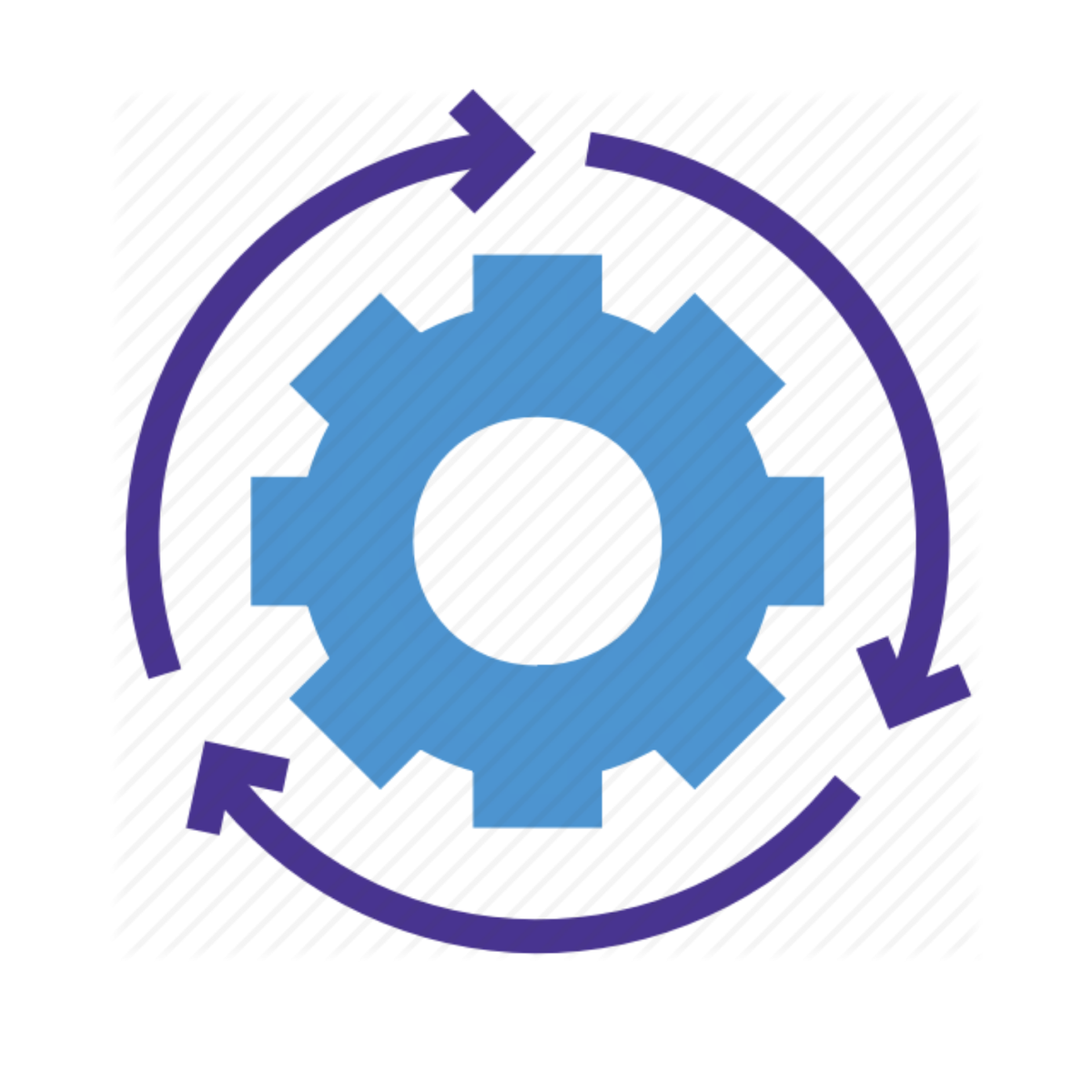




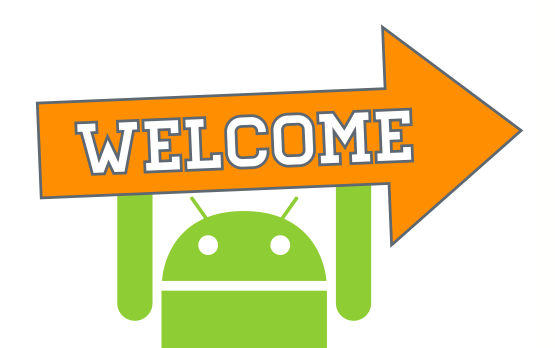
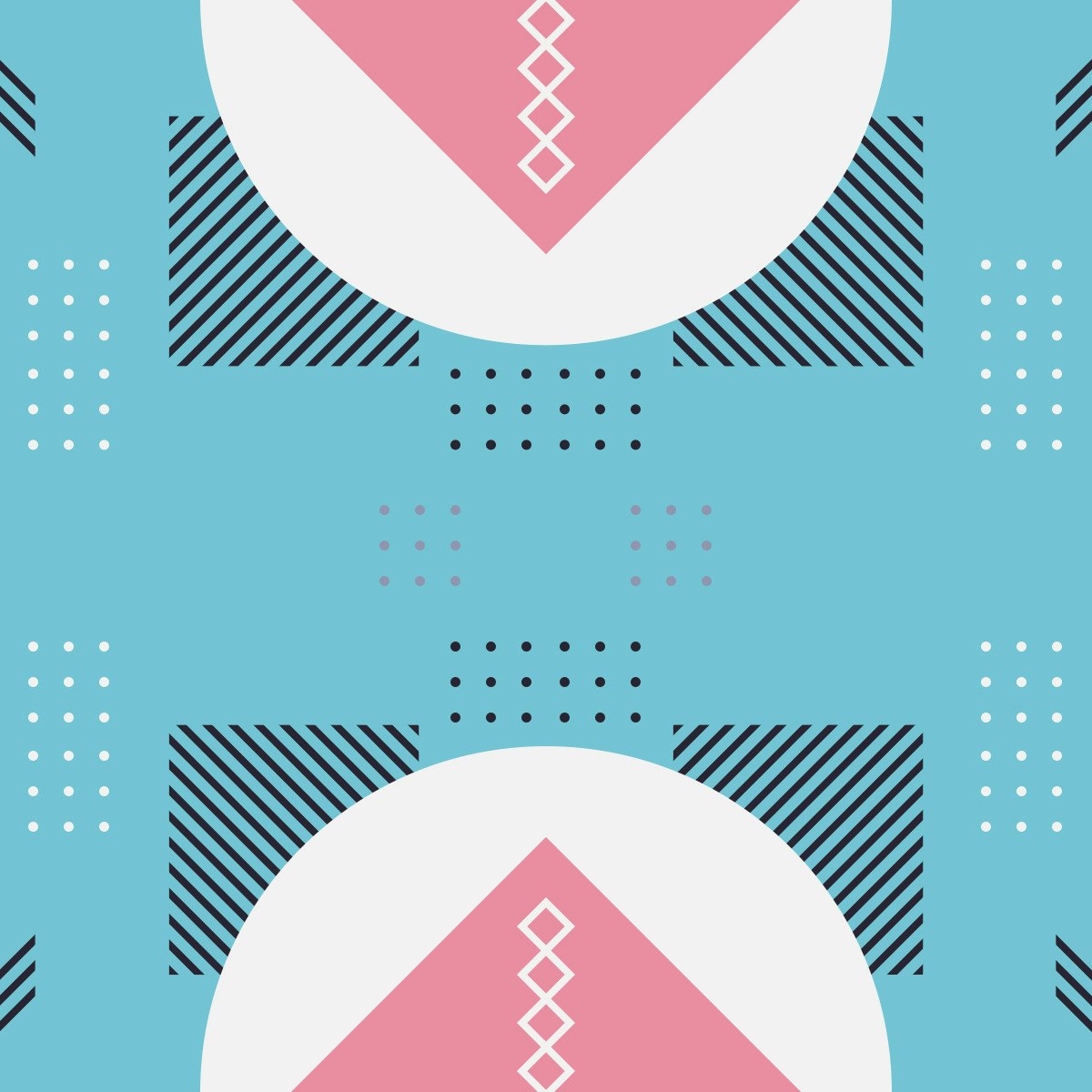

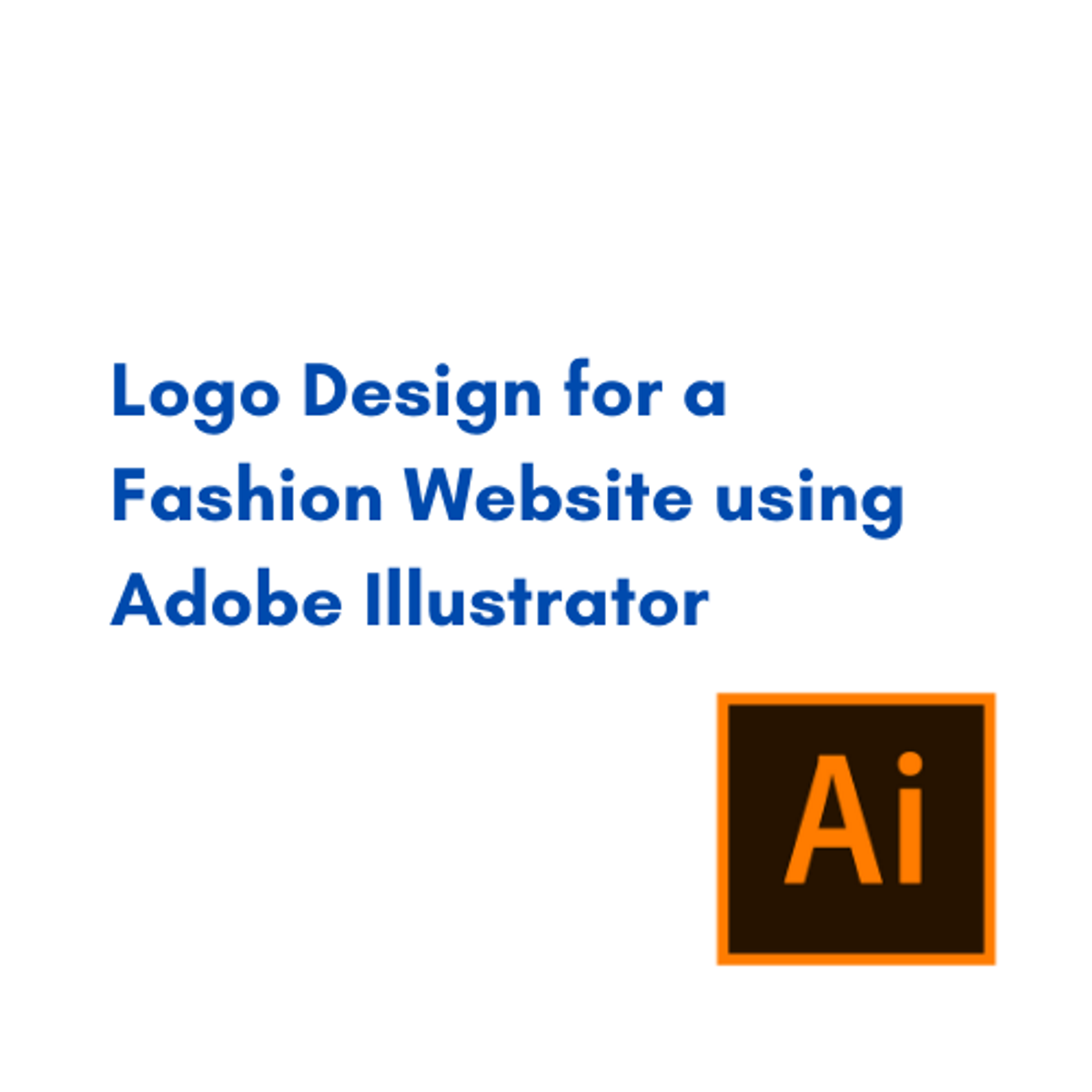
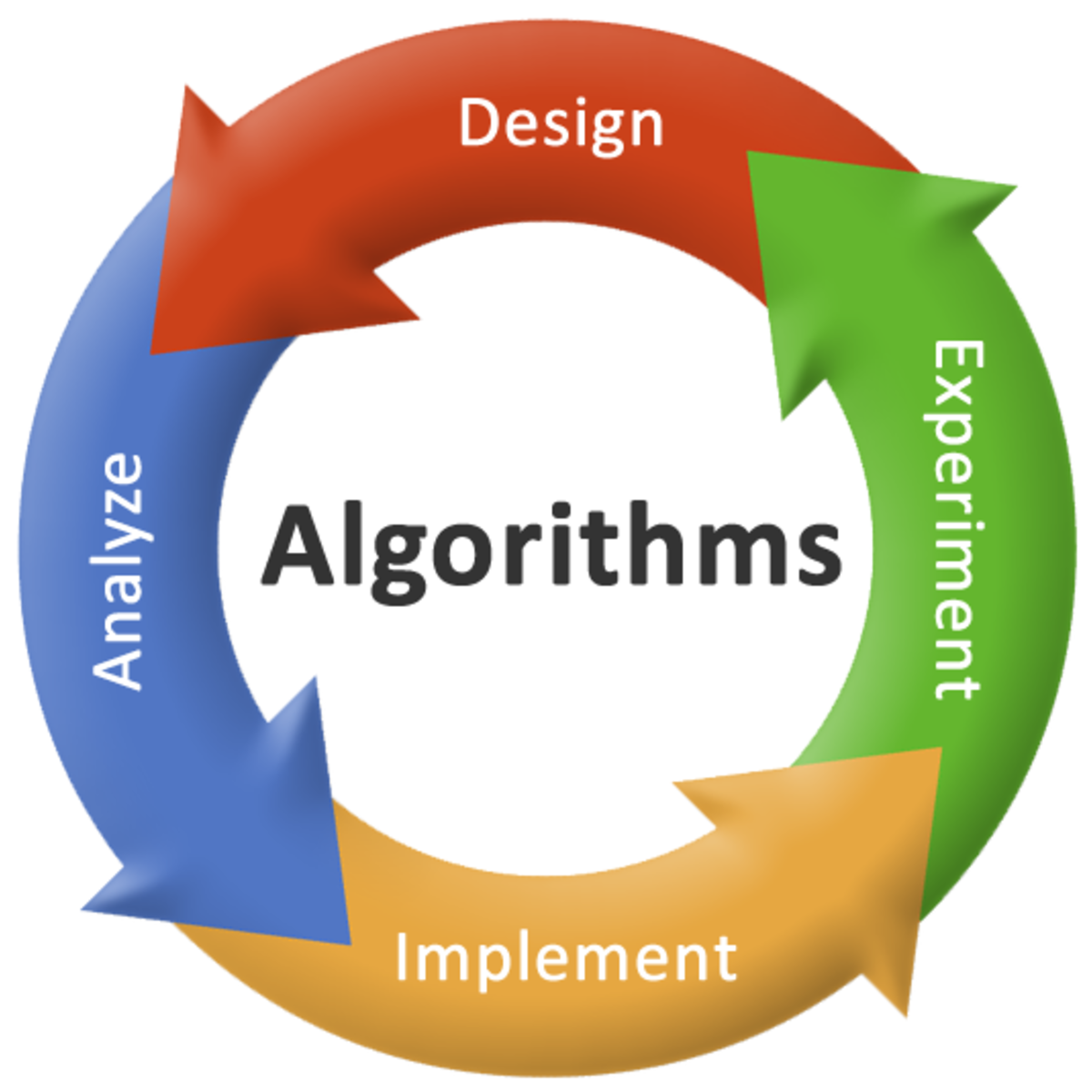
Computer Science Courses - Page 141
Showing results 1401-1410 of 2309

Building Test Automation Framework - Selenium, C# & NUnit
Selenium is one of the most widely used functional UI automation testing tools and integrates brilliantly with testing frameworks like NUnit.
Test automation frameworks are a set of guidelines or rules for writing test cases. They can reduce maintenance costs and testing efforts and will provide a higher return on investment (ROI) for teams looking to optimize their processes.
Testing guidelines include coding standards, test-data management, defining object repositories, reporting guidelines, and logging strategies.
Through hands-on, practical experience, you will go through concepts writing reusable and structure code which is easy to maintain and understand, creating helper classes or utilities, write effective test cases, and generating reports and logs.

Programming Languages, Part B
[As described below, this is Part B of a 3-part course. Participants should complete Part A first -- Part B "dives right in" and refers often to material from Part A.]
This course is an introduction to the basic concepts of programming languages, with a strong emphasis on functional programming. The course uses the languages ML, Racket, and Ruby as vehicles for teaching the concepts, but the real intent is to teach enough about how any language “fits together” to make you more effective programming in any language -- and in learning new ones.
This course is neither particularly theoretical nor just about programming specifics -- it will give you a framework for understanding how to use language constructs effectively and how to design correct and elegant programs. By using different languages, you will learn to think more deeply than in terms of the particular syntax of one language. The emphasis on functional programming is essential for learning how to write robust, reusable, composable, and elegant programs. Indeed, many of the most important ideas in modern languages have their roots in functional programming. Get ready to learn a fresh and beautiful way to look at software and how to have fun building it.
The course assumes some prior experience with programming, as described in more detail in the first module of Part A. Part B assumes successful completion of Part A.
The course is divided into three Coursera courses: Part A, Part B, and Part C. As explained in more detail in the first module of Part A, the overall course is a substantial amount of challenging material, so the three-part format provides two intermediate milestones and opportunities for a pause before continuing. The three parts are designed to be completed in order and set up to motivate you to continue through to the end of Part C.
Week 1 of Part A has a more detailed list of topics for all three parts of the course, but it is expected that most course participants will not (yet!) know what all these topics mean.

Scrum Team Building Using Games and Interactive Tools
By the end of this project, you will have created a Scrum Master’s toolbox of interactive websites and games you can use to improve communication, increase cohesion and camaraderie, and facilitate a smoother sprint experience. In every Scrum ceremony, there are opportunities to inspire improved teamwork and help your team build professional bonds that will make them more effective.
Scrum should allow developers to double their output in half the time, as the saying goes, but solid teamwork is necessary to work efficiently. Using online tools and including games will build engagement and interest in team members and offer an opportunity for the Scrum Master to step back and observe, find weak points, and facilitate improvements. Whether distributed or collocated, your team will build strength and efficiency with the toolbox you will build.
Note: This course works best for learners who are based in the North America region. We’re currently working on providing the same experience in other regions.

How to use the Frame Tool in Adobe Photoshop
Learners will become familiar with Photoshop’s frame tool. They will learn how to place images inside frames contained within images, shapes, and text. They will also become familiar with clipping masks when frames need to be placed into a complicated image.

Create Fire with Particle Effects in Unity
In this one-hour, project-based course, you will be introduced to Unity's Particle System. You'll learn how to make a realistic fire effect that can accent your game's environment and make your campfires more inviting and obstacles more intimidating. This project covers creating particle systems and configuring its modules to give it a polished look.
This guided project will introduce you to the following Unity concepts:
- Particle System and several of its modules
- Textures
- Point Light
- Lighting Settings

Programming Mobile Applications for Android Handheld Systems: Part 1
This course introduces you to the design and implementation of Android applications for mobile devices. You will develop an app from scratch, assuming a basic knowledge of Java, and learn how to set up Android Studio, work with various Activities and create simple user interfaces to make your apps run smoothly.

UX Design Fundamentals
This hands-on course examines how content is organized and structured to create an experience for a user, and what role the designer plays in creating and shaping user experience. You will be led through a condensed process that acts as a roadmap for developing robust UI/UX design: from ideation and sitemapping, to the creation of paper and digital prototypes. Building on the design skills learned in Visual Elements of User Interface Design, you will apply this methodology to produce a digital prototype for a multi-screen app of your own invention.
By the end of this course, you will be able to describe and apply current best practices and conventions in UX design, and employ the fundamental principles of how UX design functions to shape an audience's experience of a given body of content.
This is the second course in the UI/UX Design Specialization, which brings a design-centric approach to user interface (UI) and user experience (UX) design, and offers practical, skill-based instruction centered around a visual communications perspective, rather than on one focused on marketing or programming alone.
These courses are ideal for anyone with some experience in graphic or visual design and who would like to build their skill set in UI or UX for app and web design. It would also be ideal for anyone with experience in front- or back-end web development or human-computer interaction and want to sharpen their visual design and analysis skills for UI or UX.

Business Intelligence and Visual Analytics
Building on “Data Warehousing and Business Intelligence,” this course focuses on data visualization and visual analytics. Starting with a thorough coverage of what data visualization is and what type of visualization is good for a given purpose, the course quickly dives into development of practical skills and knowledge about visual analytics by way of using one of the most popular visual analytics tools: SAS Viya, a cloud-based analytics platform. An overview of cloud architecture, automation, and machine learning is also provided.

Logo Design for a Fashion Website using Adobe Illustrator
By the end of this project, you will be able to create a logo for a fashion website using your own typographic style on Adobe Illustrator.
Throughout the project, you will be able to use Adobe Illustrator with its different tools. You will be able to create your original typographic style that you will use in creating a vectorial logo. You will be exposed to the Blend tool in Adobe Illustrator. It is a tool with many interesting and important aspects that will help you create original designs.
This guided project is for intermediate designers who are interested in learning Adobe Illustrator and in creating logos. Using the tools in Adobe Illustrator, you will be able to create a logo for a fashion website.
Adobe Illustrator is the most used software to create vectorial designs and logos. It will be, undoubtedly, a great asset throughout your future career as a designer.

Graph Search, Shortest Paths, and Data Structures
The primary topics in this part of the specialization are: data structures (heaps, balanced search trees, hash tables, bloom filters), graph primitives (applications of breadth-first and depth-first search, connectivity, shortest paths), and their applications (ranging from deduplication to social network analysis).
